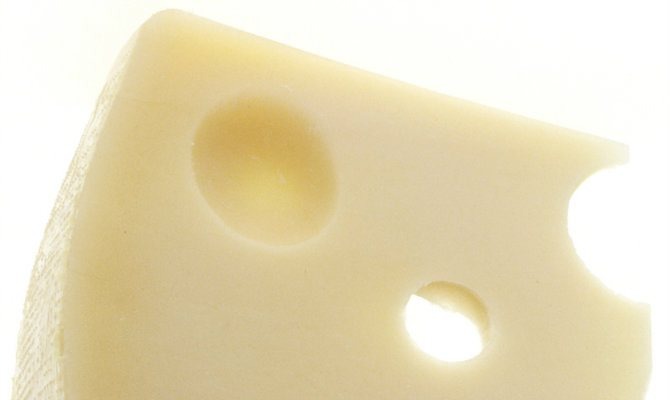Science Finally Discovers Why Swiss Cheese Has Holes
Science has finally figured out why Swiss cheese is full of holes, and the discovery might be too late, because those holes are disappearing.
Few things say "cheese" like the iconic holes that dot a slice of Swiss Emmental. The source of those holes has been a mystery, but researchers have finally figured out where the holes came from, in large part because they recently started disappearing. Previously, carbon dioxide produced by bacteria in the cheese was credited with forming the signature holes or "eyes," but that did not explain why the holes have been shrinking and in some cases vanishing entirely in recent years.
According to The Guardian, scientists now say those holes are a result of tiny particles of hay falling into the milk. When the milk is extracted from the cows using traditional buckets, the resulting cheese has plenty of holes. When the milk is extracted using modern milking systems, however, the holes shrink or disappear entirely.
"It's the disappearance of the traditional bucket," said Regis Nyffeler of Agroscope, a Swiss center for agricultural research, who explained that modern milking machines "completely did away with the presence of tiny hay particles in the milk."
